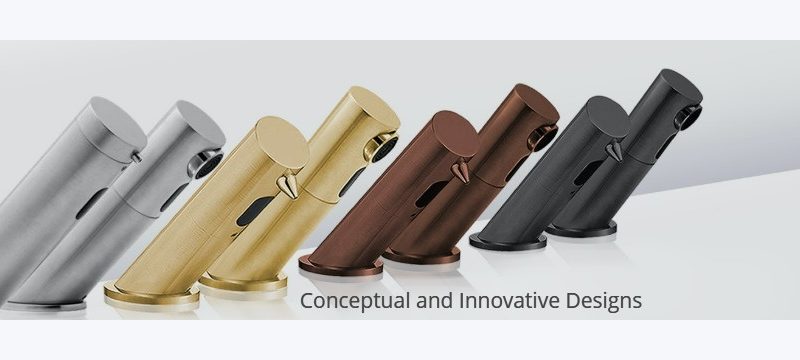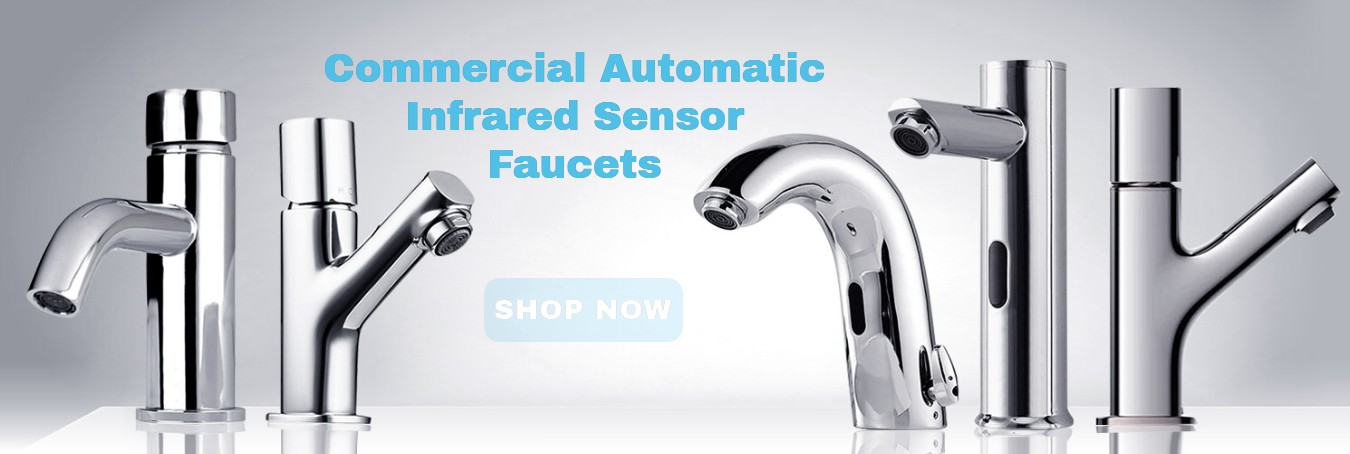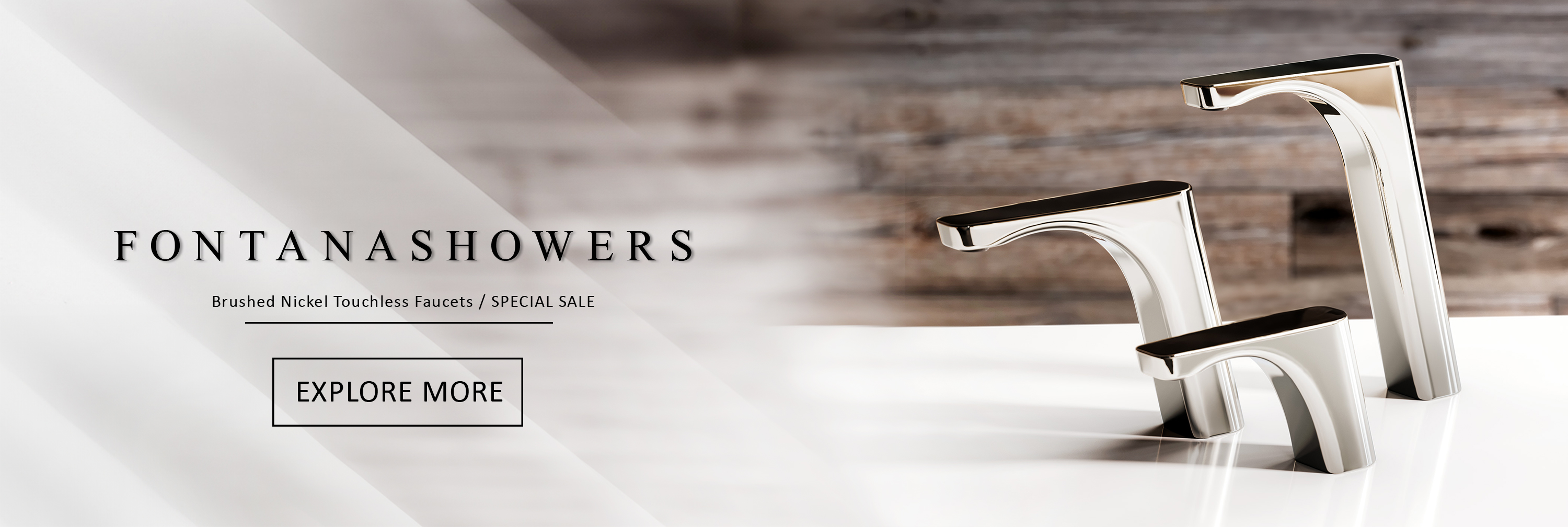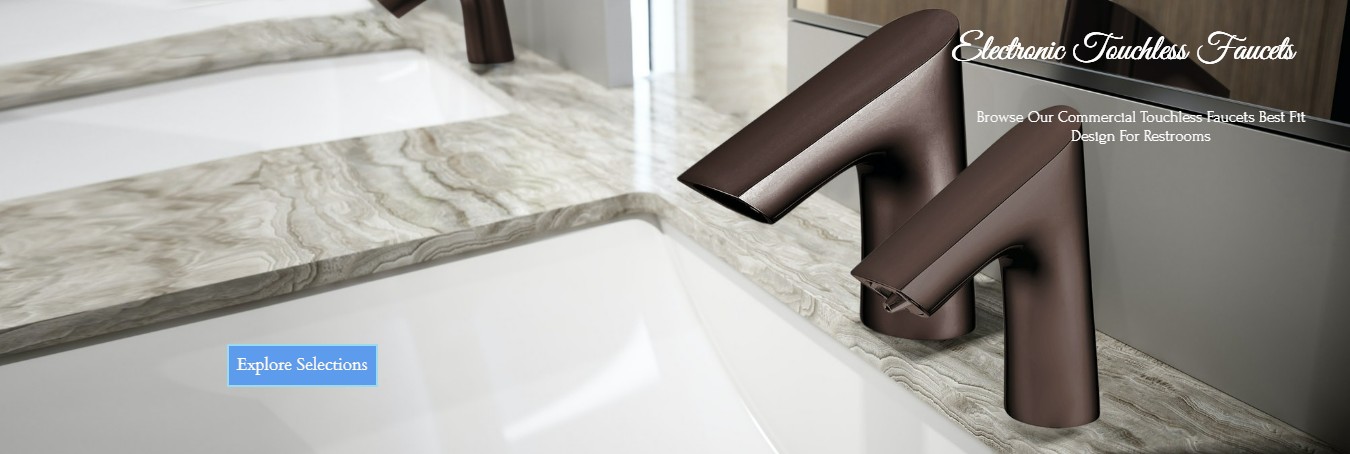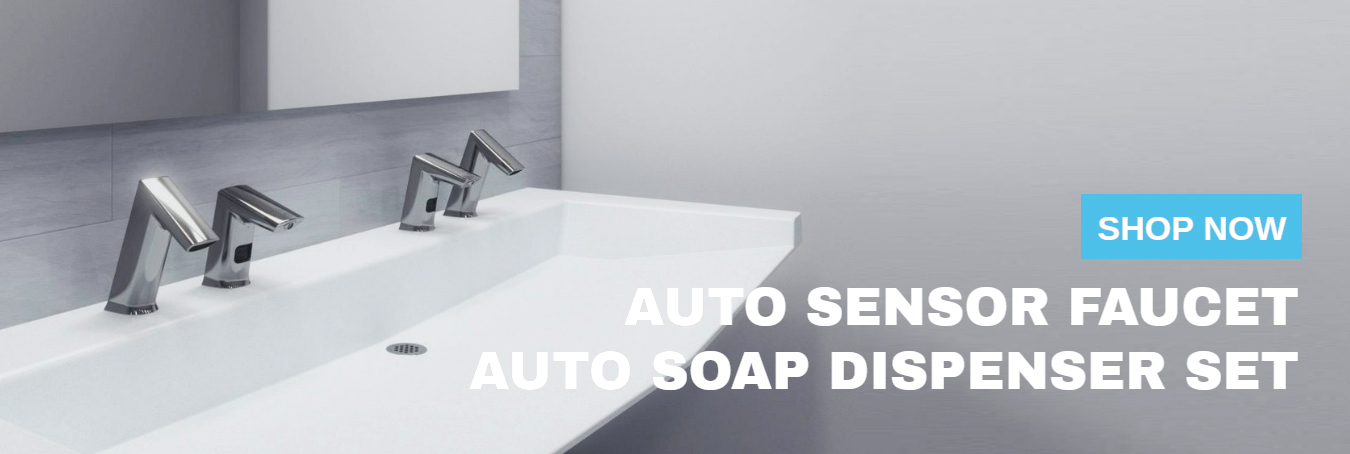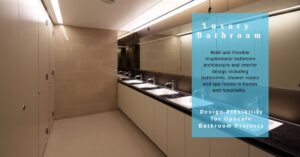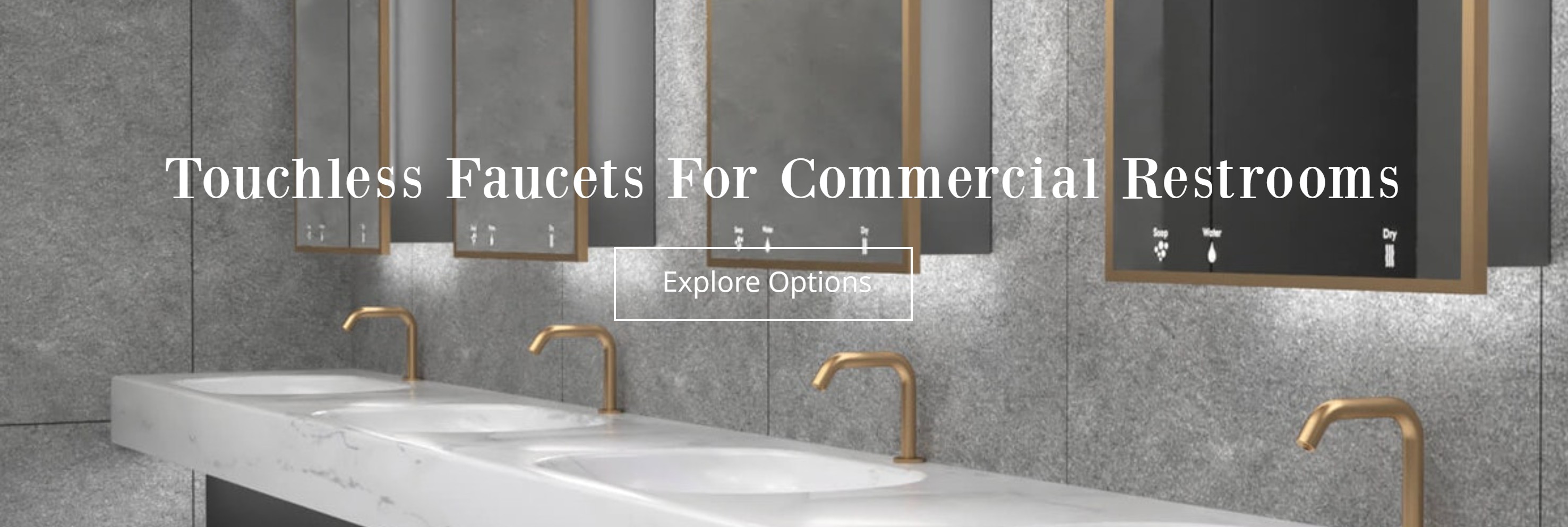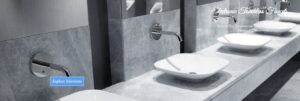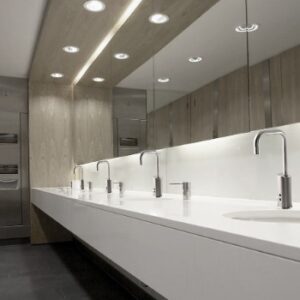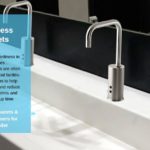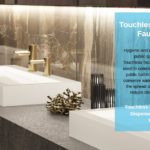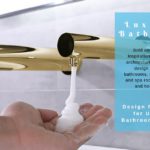Public Bathrooms Sensor Faucets Selection Process
Architects and Designers Faucet Selection in Public Restroom
When it comes to architecture design for a public toilet or restroom the faucet selection process is a crucial element, whether for a restaurant restroom, public airport restroom, hospital, hotel, or office building restroom. The challenge with automatic or touchless faucet selection has traditionally been the limited design and finish options available. While manual faucets are offered in a wide variety of styles and finishes, touchless faucets do not enjoy the same diversity. For instance, if you are searching for a brushed gold touchless faucet, a bronze electronic faucet, or even a matte black sensor faucet, you may find yourself with very few options. Architects and design professionals often face the frustration of a minimal selection range when it comes to styles and finishes of touchless faucets. This limitation can hinder the ability to achieve a cohesive and aesthetically pleasing design that aligns with the overall vision of the project. As touchless faucets become increasingly important for hygiene and user convenience, there is a growing demand for manufacturers to expand their offerings to include a wider array of finishes and styles, allowing designers to create public restrooms that are both functional and visually appealing.
.jpg) |
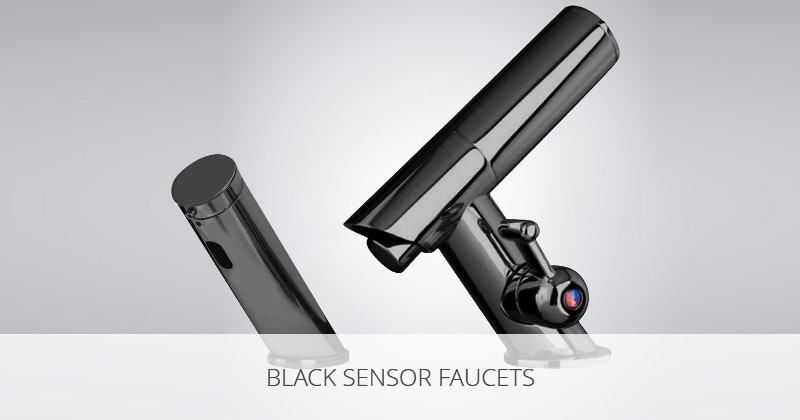 |
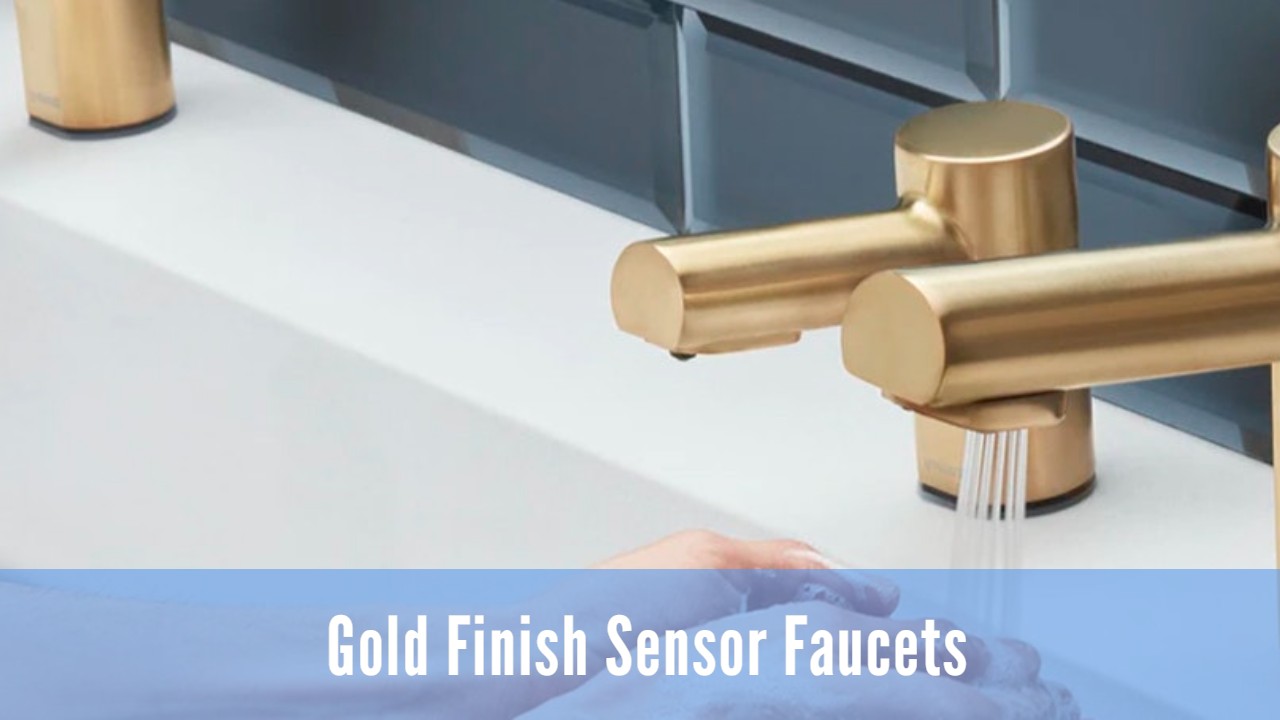 |
Architects and designers frequently find themselves in a position where they must compromise on faucet styles and finishes, particularly when designing high-end or unique public restrooms. These spaces often demand a distinct aesthetic that complements the overall design theme and luxury standards of the establishment. However, when it comes to faucet selection, they are often constrained by the limited variety of touchless faucets available.
Despite the growing popularity and necessity of touchless technology for its hygiene benefits, the market still predominantly offers basic industrial designs that lack the sophisticated and varied finishes that high-end projects require. Designers aiming to achieve a cohesive and stylish look might envision brushed gold or matte black sensor faucets, but are met with a sparse selection, forcing them to settle for more common stainless steel or chrome finishes. This limitation not only stifles creativity but also impacts the overall aesthetic quality of the restroom design.
For instance, in luxury hotels, upscale restaurants, or executive office buildings, every detail, including restroom fixtures, contributes to the ambiance and guest experience. The inability to find touchless faucets that match the desired elegance and uniqueness of these spaces often leads to a design compromise, where functional needs override stylistic aspirations. This is particularly frustrating for design professionals who strive to deliver innovative and visually harmonious environments.
Moreover, the demand for a broader range of touchless faucet designs is also driven by the need for finishes that complement other elements in the restroom, such as lighting fixtures, mirror frames, and door handles. The lack of diverse options in the touchless faucet market highlights a significant gap that manufacturers need to address to meet the evolving needs of architects and designers who are pushing the boundaries of conventional public restroom design.
In conclusion, the challenge of finding touchless faucets that align with high-end or unique restroom designs forces architects and designers to compromise on their vision. The industry needs to recognize this demand and expand the range of stylish, sophisticated touchless faucet options to enable the creation of aesthetically pleasing, cohesive, and hygienic public restrooms.
Discover FontanaShowers touchless bathroom faucets, where form meets function in an exceptional blend of design and technology. Our collection showcases an array of unique and captivating designs that go beyond mere functionality, elevating the aesthetics of any commercial bathroom space. The touchless operations offer a seamless and modern appearance that not only catches the eye but also delivers practical advantages.
At the heart of these faucets lies a highly sensitive motion sensor, enabling a truly touchless experience that promotes excellent hygiene and minimizes the risk of cross-contamination. As soon as your hand approaches the faucet, the sensor detects the motion and triggers an immediate response, delivering a smooth and uninterrupted water flow. This responsiveness ensures a convenient and efficient handwashing experience, saving both time and water.
Moreover, these faucets provide the convenience of adjustable settings, allowing users to fine-tune the water temperature and flow to their preference. Whether it’s a soothing warm stream or a refreshing cool spray, these faucets cater to individual preferences, further enhancing the overall user experience.
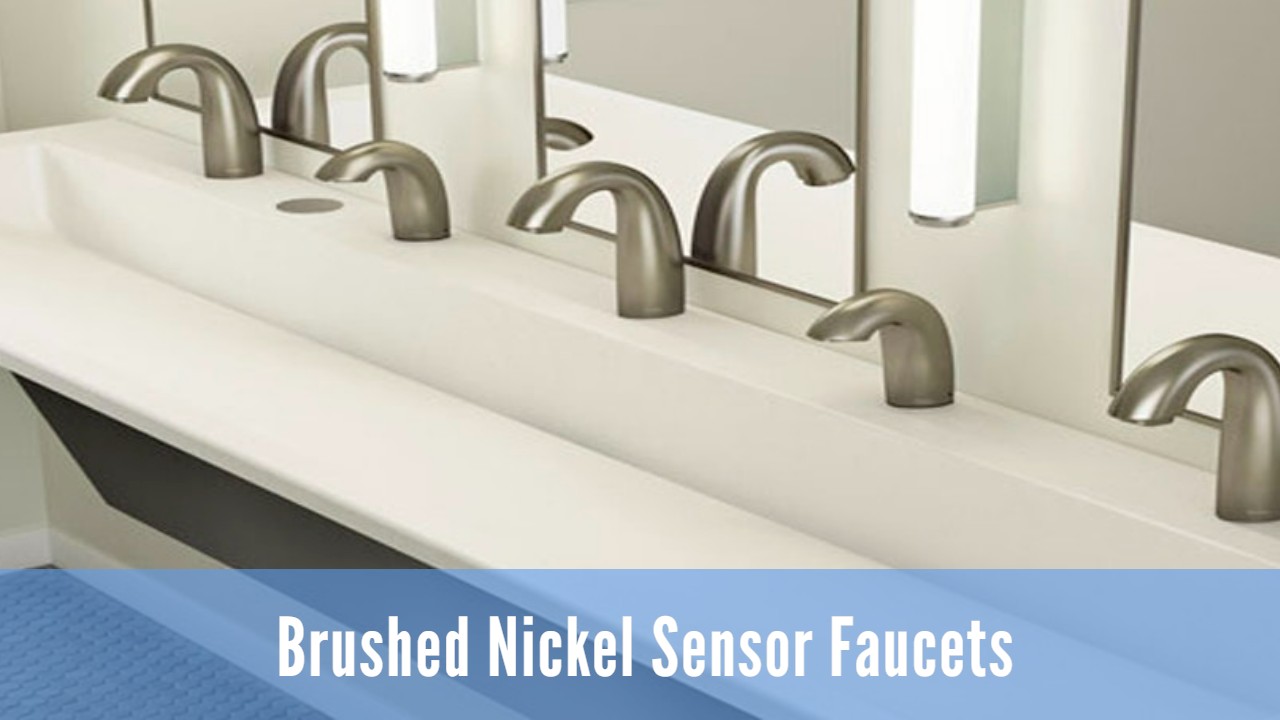 |
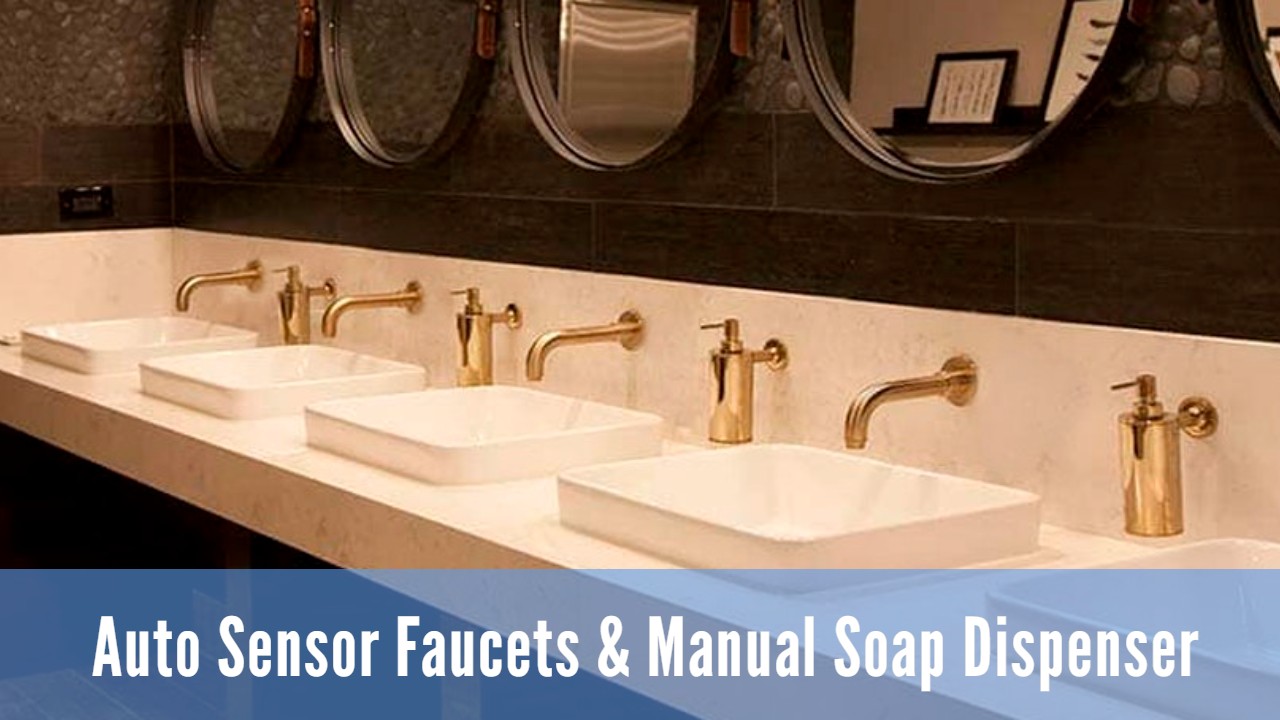 |
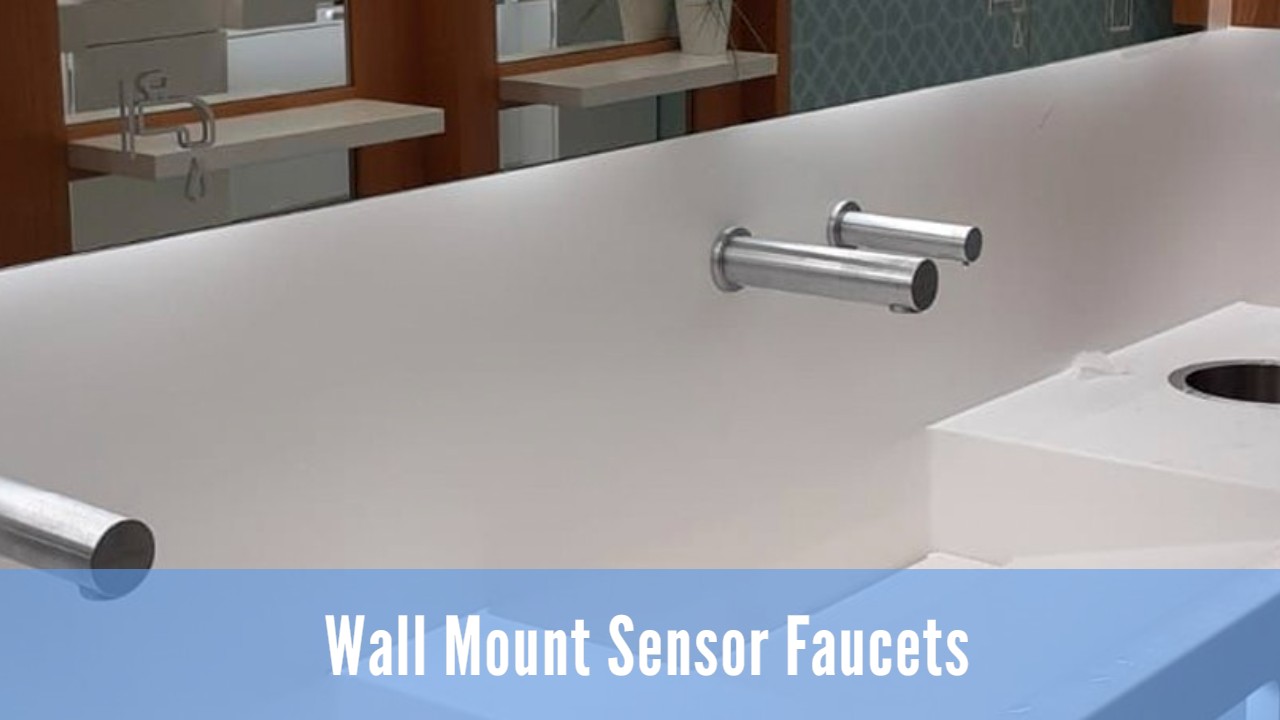 |
In addition to their impeccable functionality, these touchless faucets are built to last. Crafted with durable materials and precision engineering, they are designed to withstand the rigors of everyday use in both residential and commercial settings. Furthermore, their straightforward installation process ensures a hassle-free setup, making them an ideal choice for any project.
Beyond their practicality and longevity, these faucets seamlessly integrate advanced technology with user-friendly design elements. The combination of sleek lines, contemporary finishes, and intuitive motion sensing creates an elegant and modern focal point in any bathroom. FontanaShowers touchless faucets not only enhance the visual appeal of the environment but also elevate the overall functionality, providing an unparalleled handwashing experience.Bathrooms Sensor Faucets
Experience the perfect marriage of design and technology with Fontana touchless bathroom faucets, where innovation meets elegance in every drop of water. Touchless sink faucets, also known as sensor faucets, contribute to water conservation by implementing a controlled water flow mechanism triggered by the presence of users. These faucets employ motion sensors to identify when a person’s hands are positioned beneath the faucet, prompting the initiation of water flow. This functionality effectively prevents unnecessary water waste that often arises from traditional faucets, where water may inadvertently continue running when not actively in use. By supplying water exclusively when necessary, touchless sink faucets assist in conserving precious water resources and encouraging the adoption of sustainable practices.
Public and private restrooms pose a distinct challenge to the essential goal of design: to create functional spaces in institutional or commercial facilities without sacrificing aesthetic quality. COVID-19 has accelerated the advancement of such factors in public restroom design across market sectors. The importance of clean public spaces with minimum touch points has never been higher than it is right now. Many industries and facility managers are adapting to the new heightened awareness of cleanliness and sanitation in public restrooms. Public expectations for sanitization in such facilities are at an all-time high, and customers are increasingly looking for a positive restroom experience. Functional components of hygiene, cleanability, and conservation of resources remain primary concerns, tempered by the innate need to be surrounded by aesthetically pleasing design.
In the realm of faucet selection for public restrooms, environmental considerations are paramount. Architects and designers are increasingly opting for faucets that minimize environmental impact through eco-friendly manufacturing processes. These processes focus on reducing energy consumption, waste generation, and the use of materials, catering to a growing demand for sustainability. Additionally, the choice of recyclable materials for faucets is becoming more prevalent, aiming to lessen the environmental footprint by ensuring that the materials can be recycled at the end of the faucet’s lifecycle. This approach not only supports environmental sustainability but also resonates with consumers’ and stakeholders’ growing ecological concerns.
Compliance with regulations also plays a critical role in the selection of faucets for public spaces. Faucets must adhere to the Americans with Disabilities Act (ADA) to ensure they are accessible to all users, including those with disabilities. This ensures that the design is inclusive and considers the needs of a diverse population. Moreover, adherence to local and national building and water usage codes is crucial. These regulations are designed to ensure that faucets operate within the legal requirements for water efficiency and safety, which is essential for maintaining the functionality and legality of public restroom facilities. Through these compliance measures, architects and designers can guarantee that the faucets not only meet aesthetic and functional standards but also uphold the highest standards of public health and safety.
- Designing Public Restrooms and Avoiding Mistakes: This article provides insights into common pitfalls in public restroom design and offers strategies to create functional, hygienic, and user-friendly spaces.
- Public Bathrooms Sensor Faucets Selection Process: This piece discusses the importance of selecting appropriate sensor faucets for public restrooms, emphasizing design considerations and user experience.
- Study on Water Usage and Hygiene Efficiency in Public Bathrooms: This study explores the impact of modern plumbing fixtures, particularly sensor faucets and automatic soap dispensers, on water consumption and hygiene in public bathrooms.

